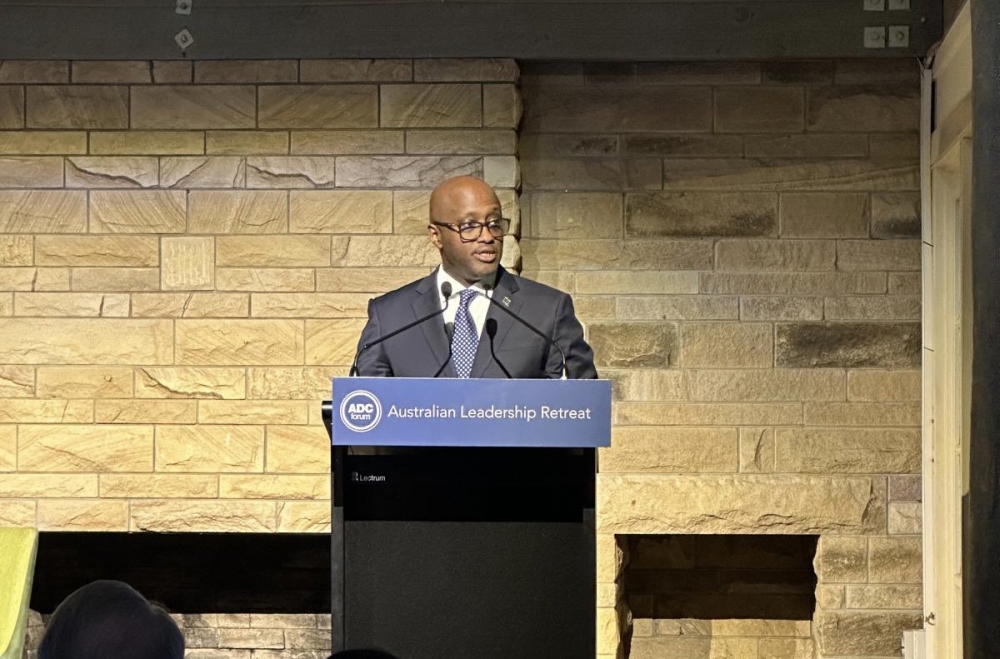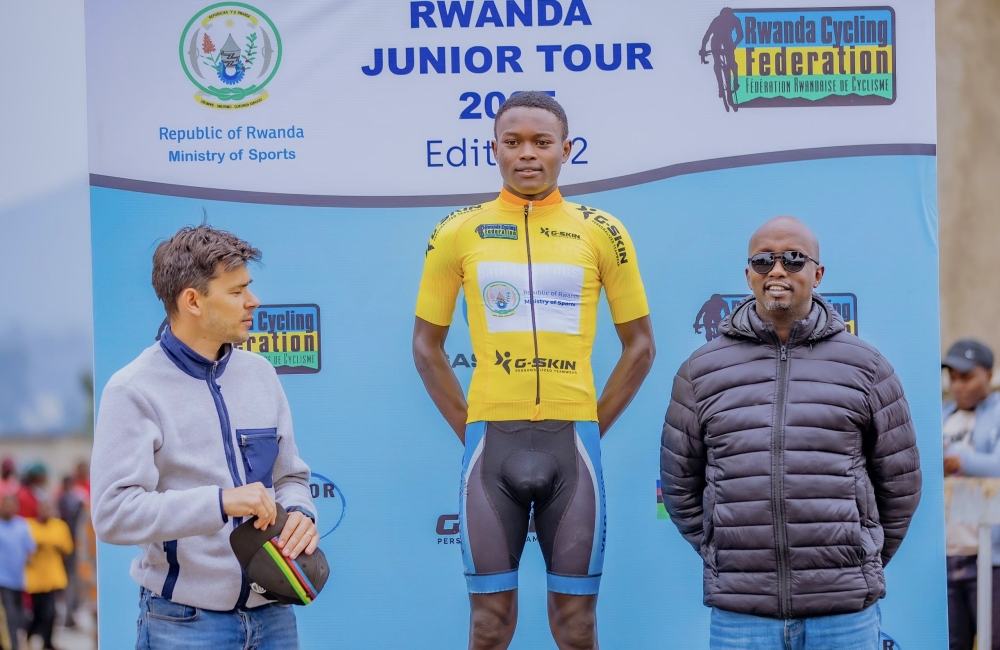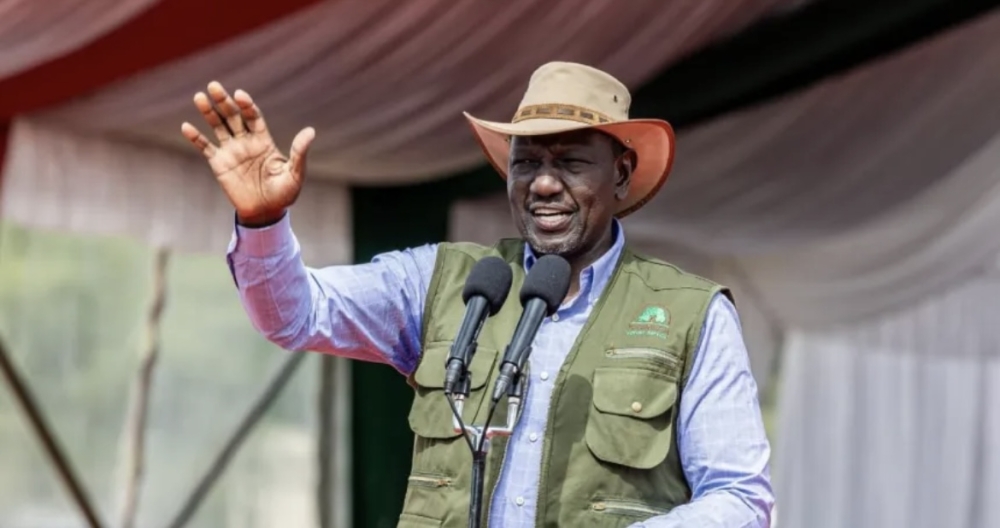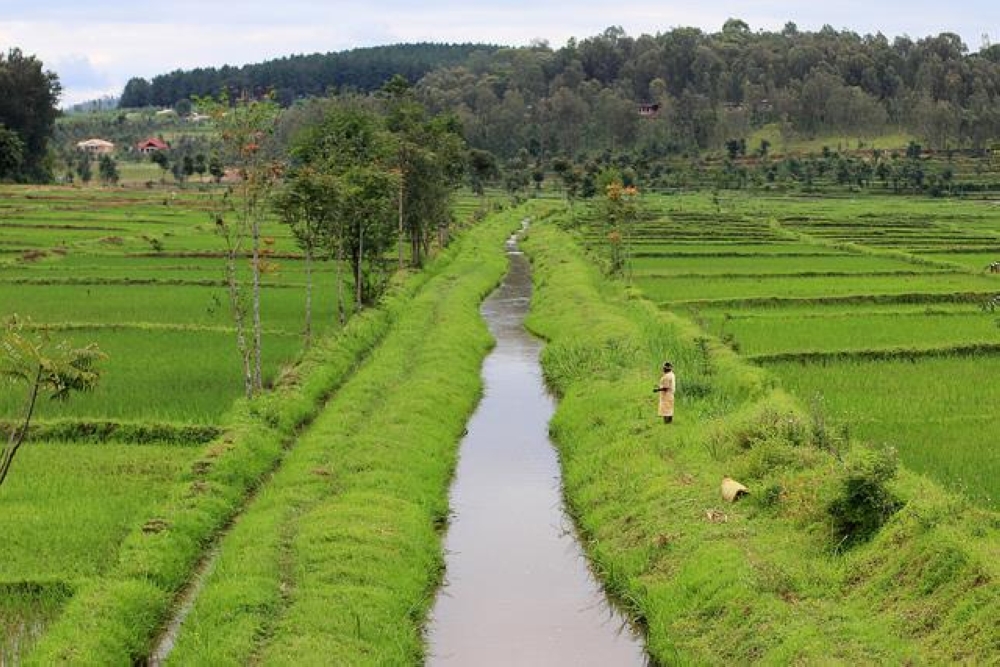NGUGI WA THIONG’O is probably East Africa’s best known – and perhaps greatest – writer. He was born at Limuru, Kenya, on January 5, 1938. The River Between was published in 1965.

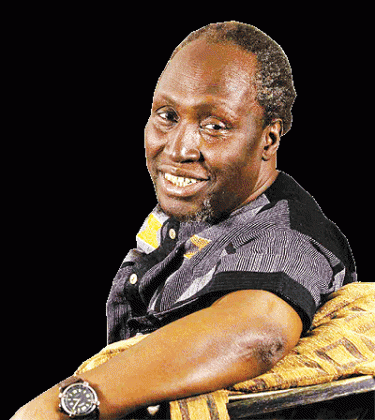
NGUGI WA THIONG’O is probably East Africa’s best known – and perhaps greatest – writer. He was born at Limuru, Kenya, on January 5, 1938. The River Between was published in 1965. The particular river mentioned and described in reference to the title is called Honia. We are told that the name Honia means "cure or bring back to life” and that it never dried up. River Honia runs between two ridges of Makuyu and Kameno and other ridges ranging along the outlying region. Symbolically, the valley through which Honia runs is known as the valley of life. People draw water from this river, the animals drink from it and the trees grow on its banks. It is also a meeting place for many people. The plot centres on Waiyaki, the protagonist, and son of Chege from Kameno. He is sent to Siriana Mission School by his father Chege to "learn all the wisdom and all the secrets of the white man…but not to follow his vices”. Chege expects his son to rise to the occasion and lead and save his people in their hour of need in fulfillment of an ancient prophesy. Waiyaki plays a leading role in establishing schools for the children who are barred from the Mission schools, and becomes a secretary to the new Kiama, an organisation whose main objective is to preserve the purity of tribal traditions, customs and way of life of the Gikuyu and the ridges.After his father’s death, Waiyaki’s early success and popularity arouse intense feelings of envy, jealousy and animosity in Kabonyi and his son Kamau. Kabonyi feels that his superiority in age and knowledge of the ancient prophecy concerning their salvation better entitles him to the leadership of the ridge after the death of Chege. Waiyaki increasingly becomes aware of the widening rift and disunity between the people of Kameno and Makuyu, and between the traditionalists and the Christian converts. The action of the novel is set back in the period when Kenya was first being occupied by the British for colonisation and settlement, during the first half of the 19th Century. The presence of the white man is seen by the building of the ‘Government post’ just behind Makuyu, the loss of some land, the imposition of tax, and the establishment of missions like Siriana.To Ngugi, for any harmonious cultural growth to take place, the best values in the African traditional way of life must be incorporated into the western values:"Arise. Heed the prophecy. Go to the mission place. Learn all the wisdom and all the secrets of the white man. But do not follow his vices. Be true to your people and the ancient rites”The reviewer is an educationist and publisher



